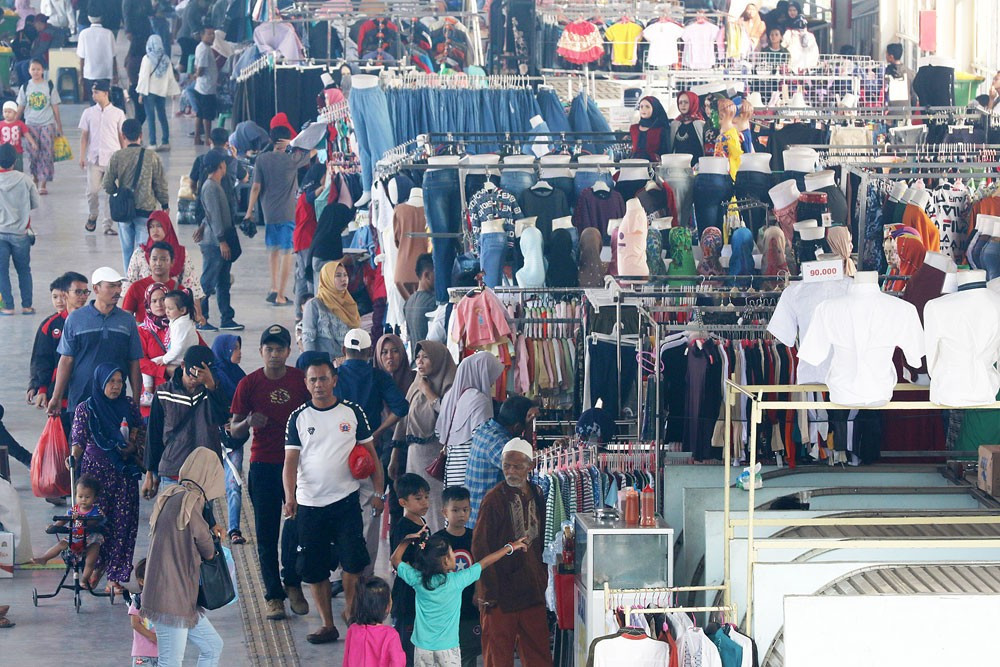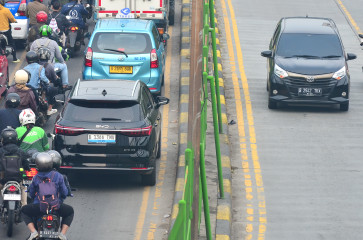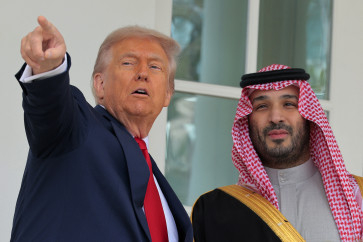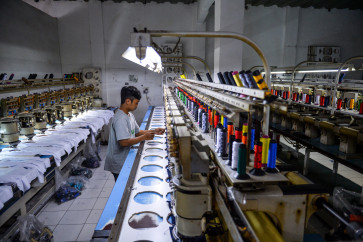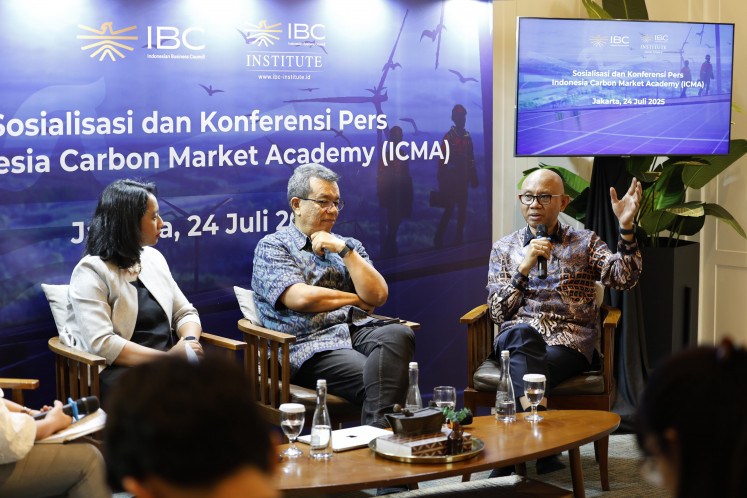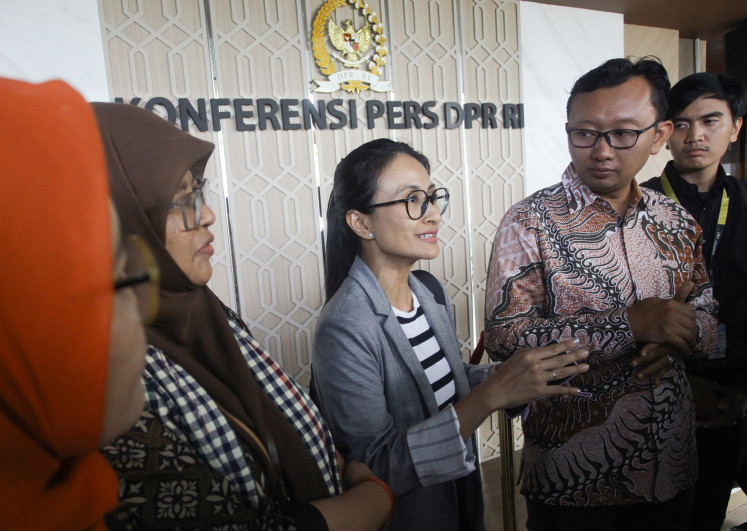Popular Reads
Top Results
Can't find what you're looking for?
View all search resultsPopular Reads
Top Results
Can't find what you're looking for?
View all search resultsMaking raw material supply more competitive for light manufacturing
Reliance on imports for raw materials makes businesses highly vulnerable to exchange rate fluctuations, rising international shipping costs and global supply chain disruptions.
Change text size
Gift Premium Articles
to Anyone
L
ight manufacturing industries such as textiles and garments, furniture, processed food and beverages, footwear and plastic products have long been the backbone of Indonesia’s economy. In addition to contributing to non-oil and gas exports, this sector absorbs millions of workers and provides a growth platform for thousands of small and medium-sized enterprises (SMEs).
However, over the past two decades, the sector’s contribution to national GDP has continued to decline. While manufacturing contributed nearly 30 percent to GDP in the early 2000s, the figure had dropped to around 19 percent by 2024. This light manufacturing subsector has increasingly lost competitiveness due to unresolved structural challenges.
So far, commonly discussed challenges include limited logistics infrastructure, insufficient labor quality and complex business licensing bureaucracy.
However, one fundamental issue has received less attention: a high dependency on imported raw materials. In the cost structure of light manufacturing, raw materials are the largest component, often accounting for 50 percent to 70 percent. This reliance on imports makes businesses highly vulnerable to exchange rate fluctuations, rising international shipping costs and global supply chain disruptions.
Several countries have adopted industrial strategies based on supply chain efficiency, lessons that Indonesia can learn from. Three countries with different approaches, China, India and Vietnam, offer policy variations that demonstrate how state intervention can structurally reduce production costs.
China has taken an aggressive approach by building upstream industrial capacity at scale through direct involvement of state-owned enterprises and strategic partnerships. The Chinese government promotes investment in strategic raw material sectors such as polyester, rayon, steel and basic chemicals as the foundation for downstream industrial competitiveness. In addition, China has implemented raw material price stabilization policies, especially in the energy and metals sectors, dto reduce cost volatility in production.
Indonesia faces different challenges, especially fiscal constraints, which limit its ability to fully replicate China's state-driven investment model. However, the government can still draw inspiration from these policies by allocating public investment, whether through fiscal instruments, state enterprises or sovereign wealth funds, into the upstream segments of light manufacturing industries, such as developing synthetic fiber production, chemicals or food additives.

